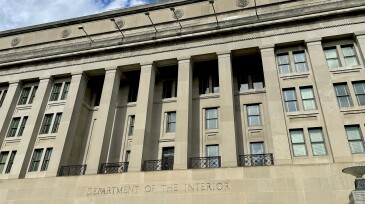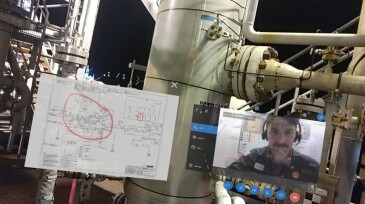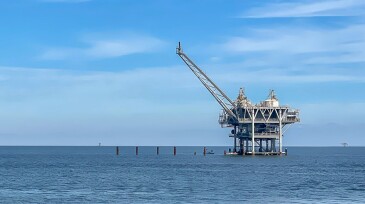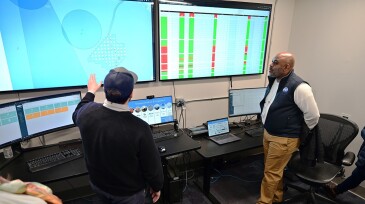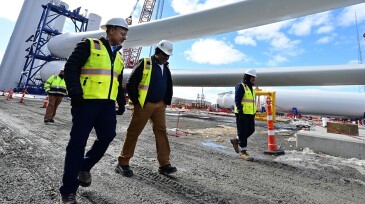BSEE
-
Using emergency procedures, the permitting timeline is expected to be significantly reduced, from years to weeks in some cases.
-
Shell’s combination of digital worker technologies enables collaborative troubleshooting and inspections while reducing travel and boosting efficiency.
-
The update is designed to improve the accuracy and completeness of reported data, reduce the time needed to complete the form, and support deeper understanding of equipment failures.
-
As Hurricane Francine bore down on the central Louisiana coast, production in the Gulf of Mexico took a hit.
-
Since the late 1930s, the offshore industry has advanced from the first platform in 14 ft of water to the ultradeepwater 20K era. Driven by seismic, drilling, and development breakthroughs, the industry has pushed into deeper waters, high-pressure reservoirs, and new frontiers like Guyana, continually expanding the limits of offshore exploration.
-
The updated rules are designed to increase safety during operations in the US Outer Continental Shelf, including in high-pressure/high-temperature environments in the Gulf of Mexico.
-
The Bureau of Safety and Environmental Enforcement (BSEE) recently conducted an inspection at the South Fork Wind project, the bureau’s first inspection of an operational offshore wind turbine in US waters.
-
The exercise at Vineyard Wind’s Marine Coordination Center successfully evaluated Vineyard Wind’s ability to activate an incident management team and carry out the procedures in their approved oil spill response plans.
-
A string of high-potential fires in the Gulf of Mexico leads to inspections and recommendations to improve safety.
-
The memorandum of understanding aims to combine the efforts and expertise of both agencies.
Page 1 of 6

